Striking a Delicate Balance: Tradition and Innovation in Modern Watchmaking with Bernhard Zwinz of Winnerl
In the ever-evolving space of watchmaking, a dichotomy remains constant: the timeless appeal of tradition against the relentless drive for innovation. At the heart of this debate lies a fundamental question: can tradition and innovation coexist harmoniously, or are they destined to be eternal adversaries?
You could easily say innovation fuels the essence of modern watchmaking. In an era dominated by technological advancements like the Apple Watch, traditional timepieces continue to hold sway for enthusiasts and collectors alike. Though these smartwatches serve many purposes, they're ephemeral compared to the enduring craftsmanship of mechanical watches. While these two elements are often seen as complementary, they can also present challenges when viewed in isolation. The call for a reconsideration of tradition and innovation highlights the need for watch brands to adapt to changing market dynamics and evolving customer preferences.
Independent watchmaker Bernhard Zwinz of Winnerl offers a nuanced perspective on this delicate balance. Zwinz asserts,"The majority of today's mechanical innovations are usually just further elaborations of already existing, traditional templates that have been part of the watchmaking industry for many years. An exception is perhaps some experimentation here and there using different materials for cases and certain parts of movements.”
 Bernhard in his Workshop in Vallée de Joux. Image: Winnerl
Bernhard in his Workshop in Vallée de Joux. Image: Winnerl
Tradition is deeply rooted in history and serves to maintain both tangible and intangible value. However, an overemphasis on tradition can lead to stagnation, lack of creativity, and ultimately irrelevance in the eyes of consumers. Innovation can indeed be more of a marketing term when used superficially to promote features that don't fundamentally advance the watchmaking art. Innovation at its core involves strategically outpacing competitors, but true innovation in horology often involves both technological advancements and a deep understanding and respect for traditional craftsmanship.
Innovations Through Time
In the late 18th and early 19th centuries, Abraham-Louis Breguet made significant advancements in watchmaking; he invented the perpetual calendar among other things in the 1780s, allowing watches to adjust for different month lengths and leap years automatically. His pare-chute shock absorber from 1783 protected watch movements from damage. Breguet also redesigned watch hands for better readability and introduced the perpetual winding mechanism in 1784, making watches self-winding. His overcoil balance spring improved timekeeping accuracy, and he patented the tourbillon in 1801 to counteract gravity's effects. His Sympathique clock in the 1810s synchronized with a pocket watch to wind, set, and regulate it automatically. Breguet’s inventions and contributions to watchmaking not only advanced the technical capabilities of watchmaking but also set standards that continue to influence the industry today - there’s no denying that.
 A Modern Recreation of the Pare-Chute System. Image: Breguet
A Modern Recreation of the Pare-Chute System. Image: Breguet
But alongside revered advancements in watchmaking like the inventions of Breguet, there have been innovations that were felt, at the time, to be a regression away from pure mechanics. While many may reject this notion, the quartz crisis also revolutionized watchmaking, in a way. The F.P. Journe Élégante is a great example of seamlessly integrating innovation with tradition in today’s watchmaking. It features a unique combination of a quartz movement and mechanical engine, delivering exceptional energy efficiency and a remarkable 10-year power reserve in standby mode, a great testament to its technological advancement. Despite these innovations, the watch still upholds Journe's hallmark craftsmanship and design.
Advancing further, the introduction of silicon hairsprings marked a breakthrough in resistance to magnetic fields, a persistent challenge in maintaining accuracy. The introduction of silicon hairsprings by Ulysse Nardin in their Freak watch in 2001 marked a yet another pivotal moment in watchmaking innovation. By utilizing silicon, Ulysse Nardin addressed long standing challenges in traditional mechanical watches. Silicon's non-magnetic properties effectively shielded the movement from magnetic interference, a common source of timekeeping inaccuracies in daily environments. Besides that, silicon's stability across varying temperatures enhanced the watch's precision and reliability over time. Its inherent durability reduced the need for lubrication, ensuring prolonged performance without compromising accuracy. This breakthrough allowed for finer hairspring designs, further optimizing the watch's precision and extending service intervals. Fundamentally, the incorporation of silicon hairsprings not only elevated the technical capabilities of mechanical watches but also set a new standard for reliability and performance in modern watchmaking.
More recently, Roger W Smith has formed a partnership with a team of research scientists from Manchester Metropolitan University to explore the potential of utilizing nanotechnology, which represents a crucial advancement in contemporary watchmaking; they developed a virtually frictionless nano-coatings using molybdenum disulfide, which is deposited onto parts using a magnetron sputtering process. This coating could replace the use of traditional oil-based lubricants in mechanical watches. These advanced lubricants effectively reduce friction and wear between moving parts, significantly enhancing the performance, accuracy, and durability of mechanical watches. They ensure smooth and precise operation of intricate components, improving overall reliability without the need for frequent maintenance.
When asked about innovative technologies or materials that have had a significant impact on watchmaking in recent years, Zwinz remarked, "You don't have to resort to exotic materials like silicon to be innovative with materials. Today there are ways to use anti-magnetic or stainless-steel alloys that have the same properties. These materials will not pose any problems in the future if parts need to be replaced or renewed during repairs. The greatest benefit of silicon in the industry has more to do with its ease of production when thousands and thousands of parts are required. However, silicon will cause completely different problems in the long term that don’t occur when classical watchmaking materials, like the special steel alloys I mentioned, are used."
As Zwinz mentioned, sometimes innovation carries its own set of challenges. The case of the Spiromax balance spring made out of Silinvar, which incorporates silicon on escapements and hairsprings on Patek movements, is a good example of where innovation led to potential drops in value and repair difficulties when it was first introduced in 2006, highlighting the need for careful consideration and foresight when implementing new technologies.
Maintaining Tradition
Maintaining tradition in watchmaking is important for preserving the methods, aesthetics, and mechanical solutions that have defined the craft for centuries. These time-honored techniques are not only a testament to the skill and ingenuity of past watchmakers but also ensure that the intricate art of horology continues to thrive. Zwinz notes that “All independent watchmakers must of necessity use machines of one kind or another, covering the gamut from computer controlled machines to hand tools such as drills, files and more.” He also added that “The majority of traditional methods that come to mind are all centered upon the human hand guiding a tool. Today, many traditional techniques, such as anglage and others are being visually imitated by machining processes, and not every buyer is aware of the difference between traditional hand work and ersatz machine finishing in a wristwatch.”
“Today, many traditional techniques, such as anglage and others are being visually imitated by machining processes, and not every buyer is aware of the difference between traditional hand work and ersatz machine finishing in a wristwatch.”
Additionally, keeping traditional methods alive ensures that these watches remain serviceable. Skilled maestros trained in these age-old practices are essential for the proper maintenance and restoration of vintage and high-end watches, ensuring their longevity and functionality for years to come. This commitment to tradition fosters a deep connection between past, present, and future generations of watch enthusiasts. On a more abstract note, preserving traditional methods often involves transmission of skills and knowledge from one generation to the next. This creates an interpersonal link between watchmakers and the construction of a sort of family tree of apprenticeship can itself be a part of the romance of horological lore.
 'Tuscan' Dial 25820PT Audemars Piguet Royal Oak QP. AP's Tuscan dials are the earliest known use of tremblage as a technique on the dial rather than movement bridges. Part of Hairspring Exclusives
'Tuscan' Dial 25820PT Audemars Piguet Royal Oak QP. AP's Tuscan dials are the earliest known use of tremblage as a technique on the dial rather than movement bridges. Part of Hairspring Exclusives
On ensuring that traditional craftsmanship and heritage are not overshadowed or diluted by the pursuit of innovation, Zwinz emphasized, "The responsibility for this lies mainly with the watchmaking schools and their curricula. Traditional craftsmanship should be taught as a basis at any serious watchmaking school. A thorough knowledge of manual processing of different materials using techniques such as filing and turning should be at the forefront in this regard. Building on this basis, further experimentation can then be carried out."
Independent watchmakers often feel pressured in their approach to watchmaking, whether through pioneering construction methods or unconventional materials. For some, the quest to enhance traditional techniques through innovation represents a more daring experiment. While mechanical watchmaking has traditionally favored established materials like brass and gold, there is a growing appeal in pushing the boundaries with modern materials such as carbon fibre and titanium.
 Original Winnerl No. 80 Marine Chronometer that Zwinz bought in 2010. Image: A Collected Man
Original Winnerl No. 80 Marine Chronometer that Zwinz bought in 2010. Image: A Collected Man
Reflecting on the challenges of introducing innovative features or designs while preserving the essence of traditional craftsmanship, Zwinz noted, "Although the unusual balance wheel used in my Winnerl timepieces is based upon a design found in a Winnerl ship’s chronometer, it was never developed by him for use in a modern wristwatch, of course. The first use of his ideas in this way was a challenge, as it required me to realize special tooling, redesign his work, and make further experiments. Because what works in a large size like a ship’s chronometer cannot just be ‘sized down’ as it were because the physical dynamics are different. This wristwatch innovation was all done using traditional methods, with the exception of some drawings made on the computer."
 Winnerl Tremblage, Salmon Dial. Image: Winnerl
Winnerl Tremblage, Salmon Dial. Image: Winnerl
Drawbacks to Tradition
While the preservation of traditional methods in watchmaking is often viewed as a testament to the craft's rich heritage, it also presents notable challenges. One significant downside is the rigidity it imposes on innovation. By adhering strictly to time-honored techniques and designs, watchmakers may find themselves limited in their ability to explore new materials, technologies, and creative approaches. This focus on maintaining historical accuracy and craftsmanship can hinder the development of novel features and advancements that appeal to modern consumers, potentially causing traditional brands to lag behind more innovative competitors.
The goal of maintaining value through tradition can also sometimes backfire. While collectors and enthusiasts might appreciate the appeal and serviceability of traditional watchmaking techniques, the broader market may view these watches as less relevant or practical. The insistence on using established mechanical solutions, for example, can result in watches that are more expensive to produce and maintain, making them less accessible to a wider audience. Besides that, as technology continues to advance, traditional mechanical watches might struggle to compete with the precision, functionality, and convenience offered by modern quartz and mass-produced automatic movements. This reliance on preserving tradition to sustain value may inadvertently limit the appeal and marketability of these timepieces in an increasingly tech-savvy world.
As the industry evolves and new technologies emerge, traditional watchmakers may struggle to keep up with contemporary trends. This adherence to classic designs and techniques can make them appear antiquated in the eyes of modern consumers who seek innovation and novelty in their timepieces. Consequently, traditional brands might miss opportunities to attract younger generations and adapt to shifting preferences in the market.
Another downside is market saturation. Many watch brands, both established and new, cling to traditional aesthetics and methods, resulting in a crowded market where numerous brands offer similar products. This lack of differentiation can make it challenging for consumers to distinguish between brands and models, potentially leading to diminished brand loyalty and decreased sales. When every brand follows the same traditional path, it becomes difficult to stand out, stifling creativity and innovation in the industry. This saturation not only limits the diversity of offerings but also risks making the entire market seem stagnant and uninspired.
Harmony in Balancing the Two
Mainstream brands, with their vast resources and global reach, often find themselves navigating this delicate balance with caution. On one hand, they must honor their heritage, drawing inspiration from decades, sometimes centuries, of craftsmanship and design. On the other hand, they face the unyielding pressure to stay relevant in a rapidly changing market, where consumers clamor for the latest advancements in technology and style.
Take Omega, with the co-axial escapement, for example. For those who are unfamiliar, the co-axial escapement was developed by British master watchmaker George Daniels. The escapement stands as arguably the most critical component of a mechanical watch movement. It assumes a central role in regulating the release of energy from the mainspring to the watch's gear train, effectively functioning as a timekeeping overseer. Its task involves meticulously managing the flow of energy to the balance wheel, which in turn dictates the oscillations of the timekeeping mechanism. Without friction, the precision and efficiency of the escapement serve as pivotal determinants of a mechanical watch's accuracy and performance. Hence, the significance of Omega’s unveiling of this escapement in 1999 cannot be overstated, as it marked the industry's first substantial advancement in escapement technology in approximately 250 years.
 Caliber 3861, with Co-Axial Escapement. Image: Hodinkee
Caliber 3861, with Co-Axial Escapement. Image: Hodinkee
Even massive mainstream brands like Omega are not immune to the siren call of innovation for innovation's sake. In their quest to capture the attention of a younger audience, some brands have fallen into the trap of prioritizing gimmicks, collaborations, and celebrity endorsements over substance. While these may appeal to a certain demographic or engage with trends in the moment, they lack the tradition and enduring value of a meticulously crafted mechanical timepiece.
On the flip side, independent watchmakers embrace innovation as a means of carving out their niche in a crowded market. Unfettered by the constraints of mass production and corporate bureaucracy, they have the freedom to experiment with unconventional designs and cutting-edge technology. Watchmakers like MB&F and Urwerk are renowned for their avant-garde works, which blur the lines between art and horology. Equipped with complications such as flying tourbillons to minute repeaters, these watches push the boundaries of traditional watchmaking, challenging our preconceptions of what a timepiece can be.
Yet even in their pursuit of innovation, independent watchmakers remain rooted in tradition. Many draw inspiration from the rich history of watchmaking, paying homage to the masters who came before them. Whether it's the intricate guilloché dials of Breguet or the hand-finished movements of F.P. Journe, these master watchmakers uphold the time-honored techniques that have defined the craft for centuries.
 Guilloché dial(s) of an FP Journe 'RQ' Resonance. Part of Hairspring Exclusives
Guilloché dial(s) of an FP Journe 'RQ' Resonance. Part of Hairspring Exclusives
On the interplay between innovation and tradition in watchmaking, Zwinz says that “It is something firmly connected to customers and collectors, in the same way car manufacturing is dependent upon a customer base. Some people prefer driving with lots of touch screens and futuristic design elements; others prefer manual buttons and timeless body and interior designs. The market will always decide these things. All I can do as an independent craftsman is to make wristwatches that represent my ideals, with the prospect that collectors will understand my work and philosophy.”
“It is something firmly connected to customers and collectors, in the same way car manufacturing is dependent upon a customer base. Some people prefer driving with lots of touch screens and futuristic design elements; others prefer manual buttons and timeless body and interior designs.“
The debate between innovation and tradition in the world of watchmaking is far from settled. While mainstream brands strive to strike a delicate balance between honoring their heritage and embracing the future, independent watchmakers revel in the freedom to push the boundaries of what is possible. Ultimately, both approaches have their merits, and it’s the diversity of perspectives that makes the world of watchmaking so endlessly fascinating.










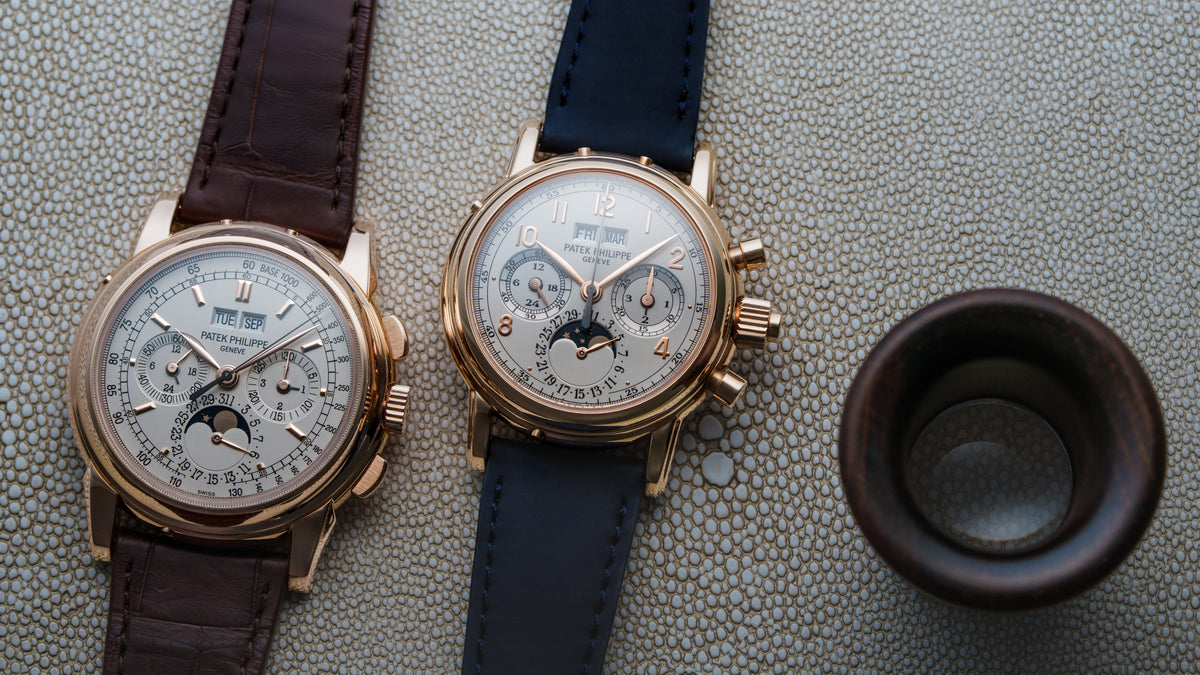
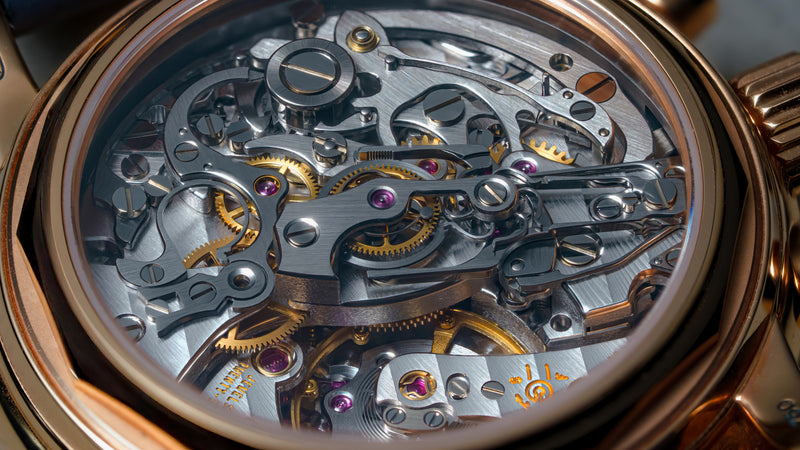











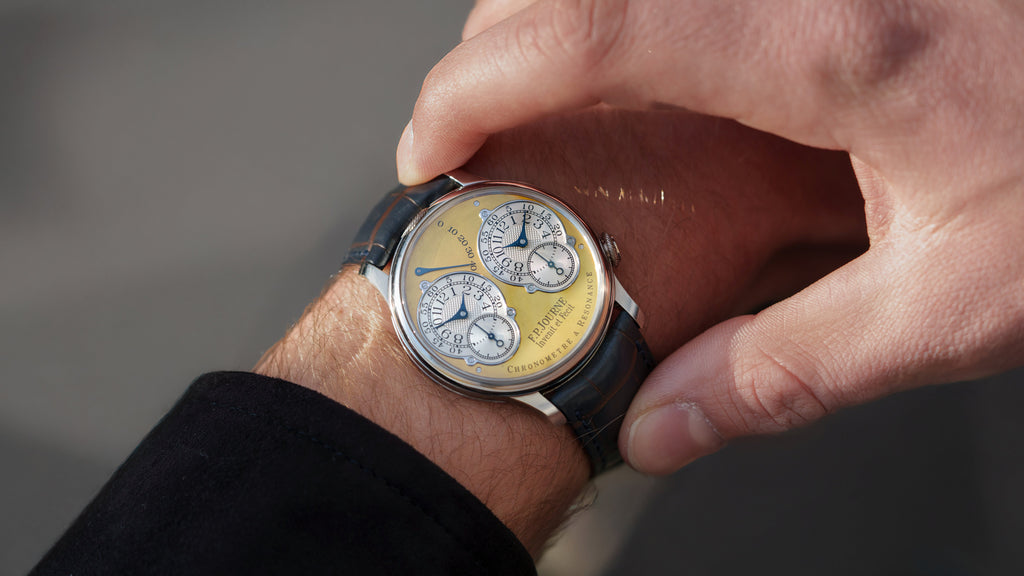
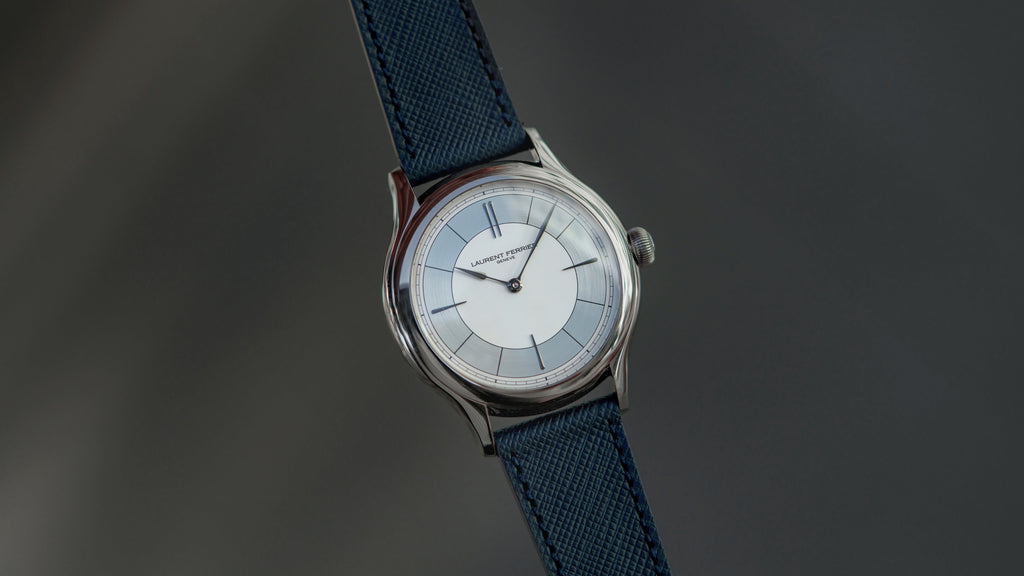

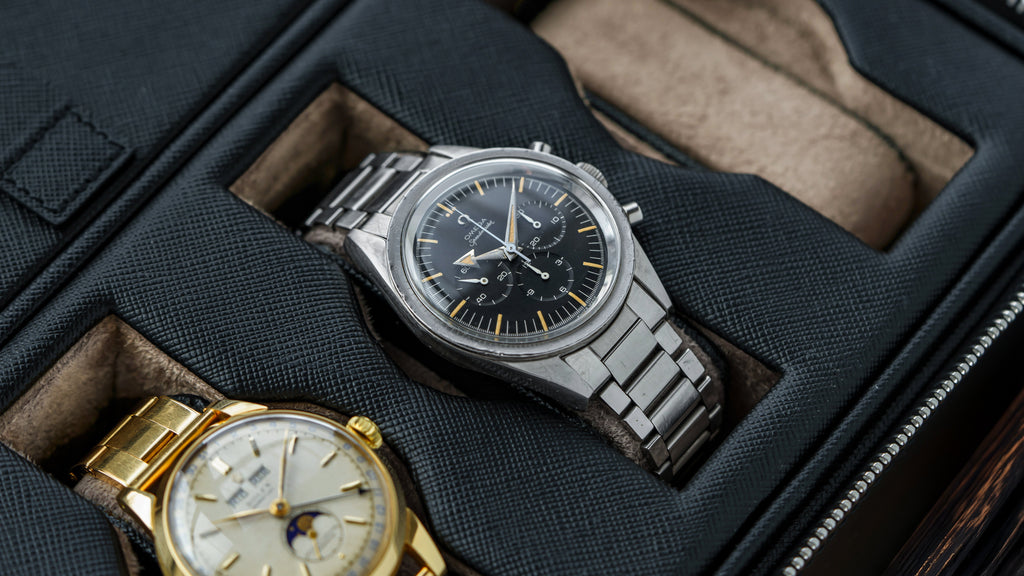
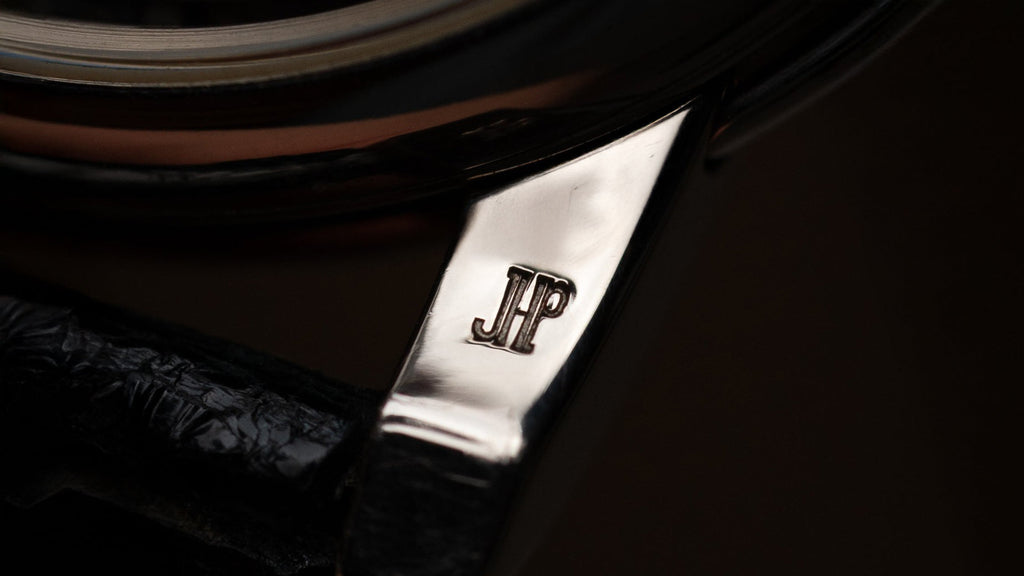
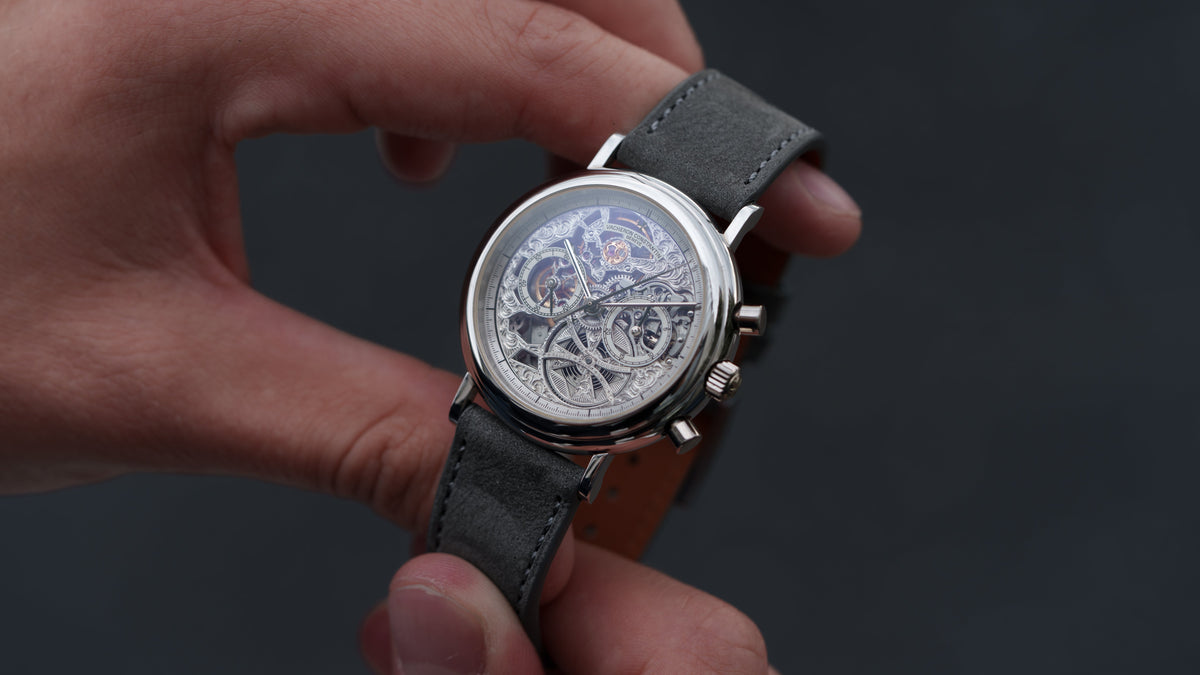
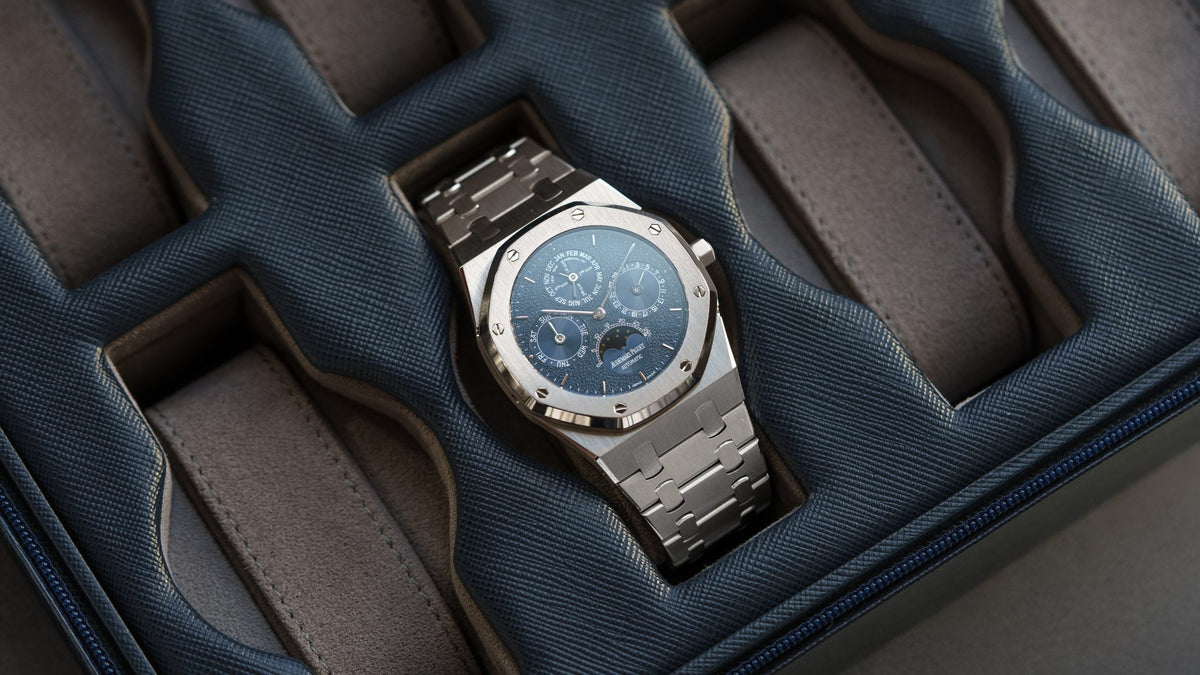
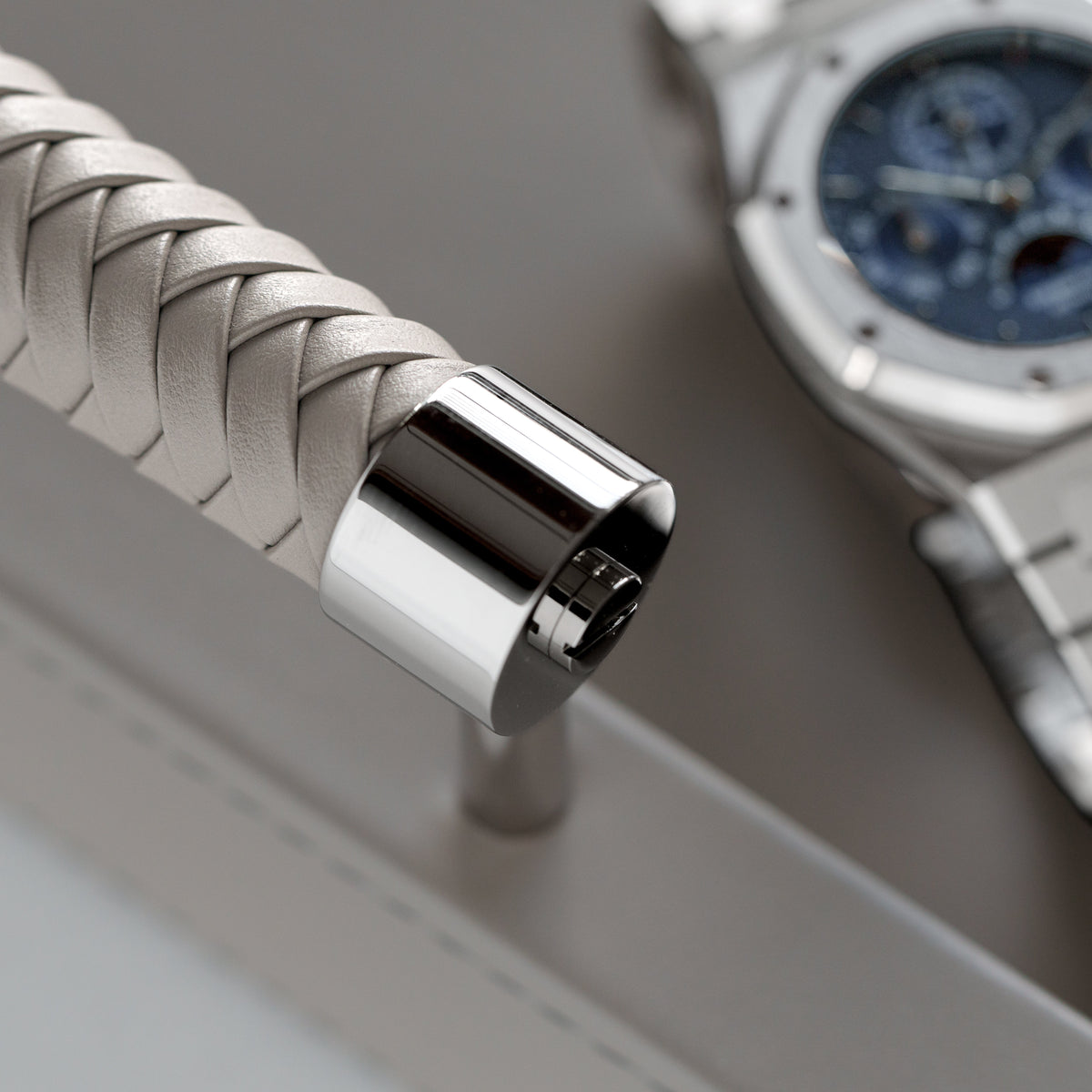
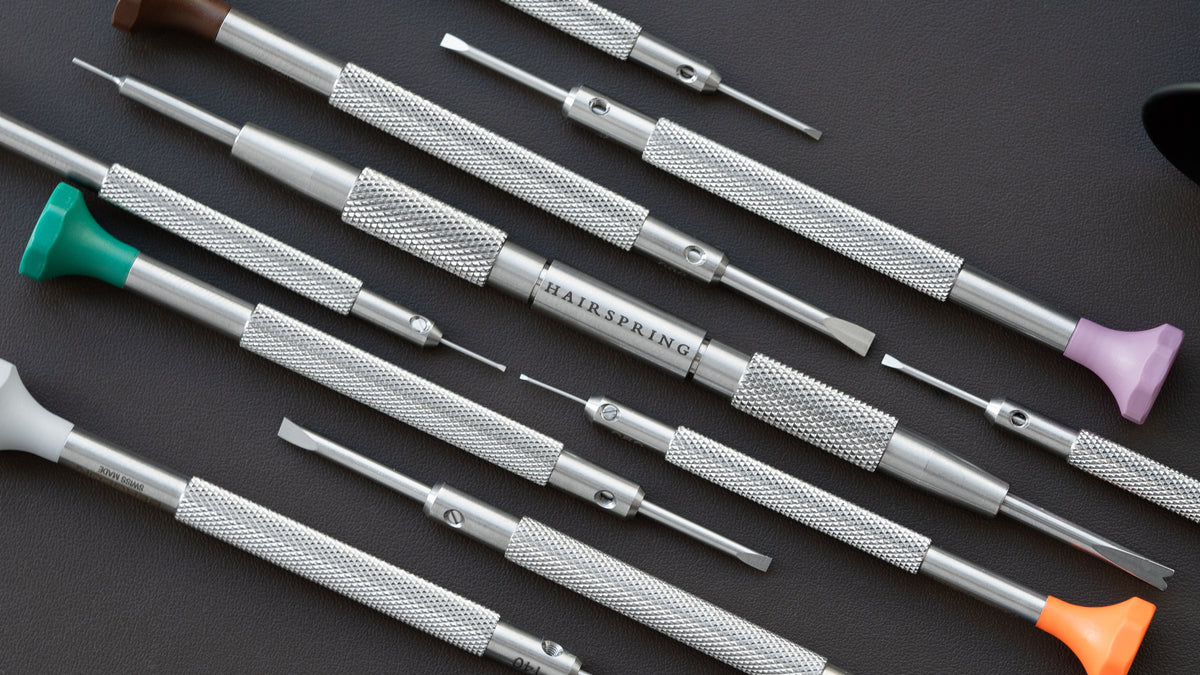
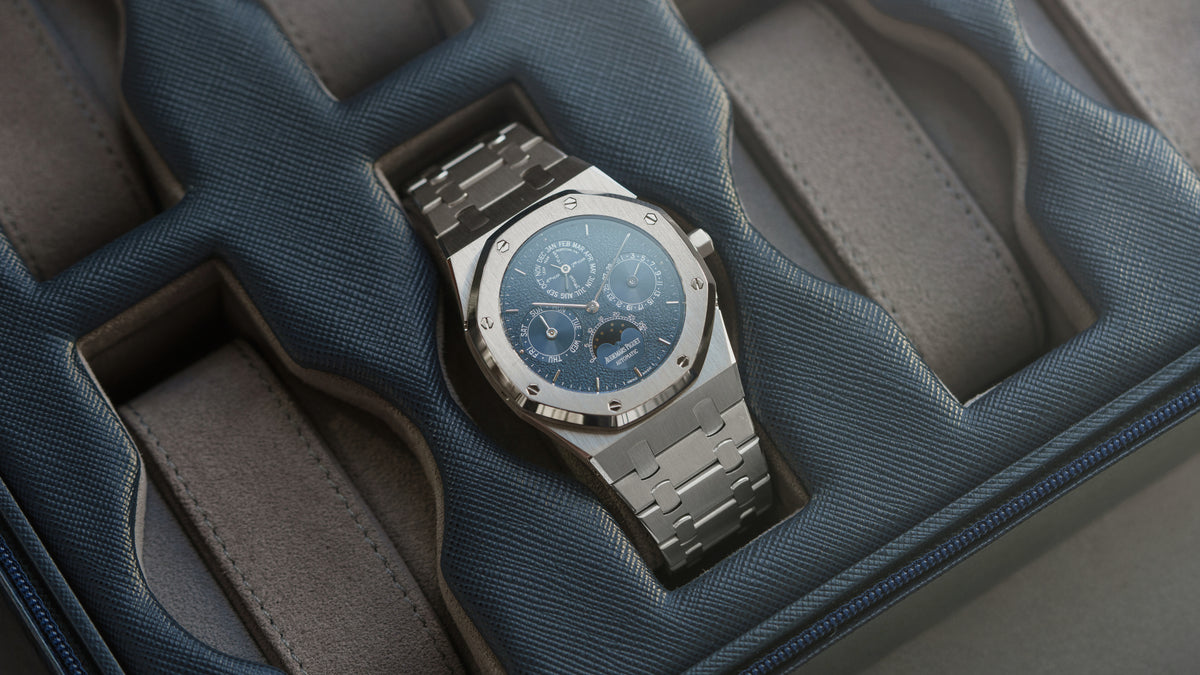
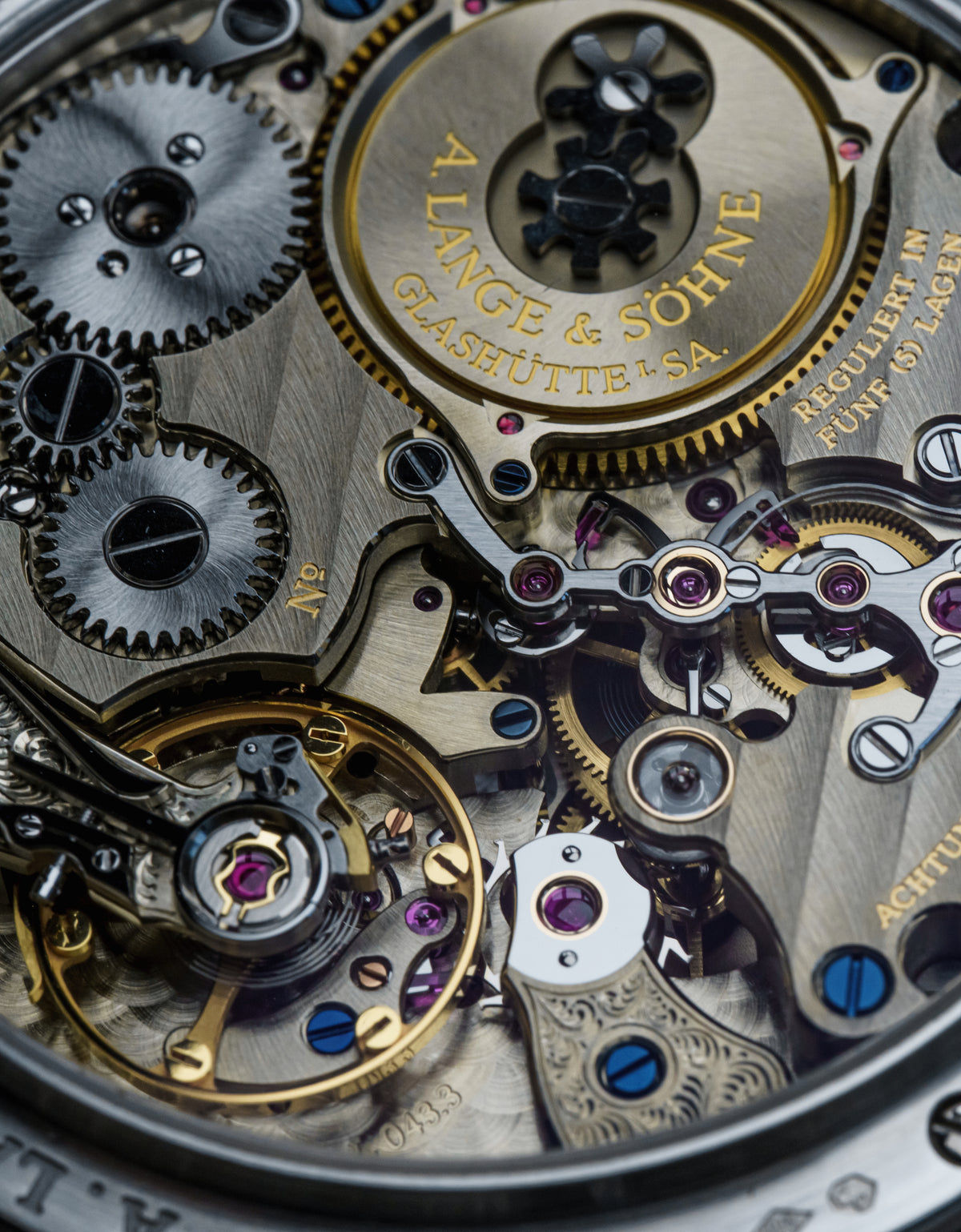

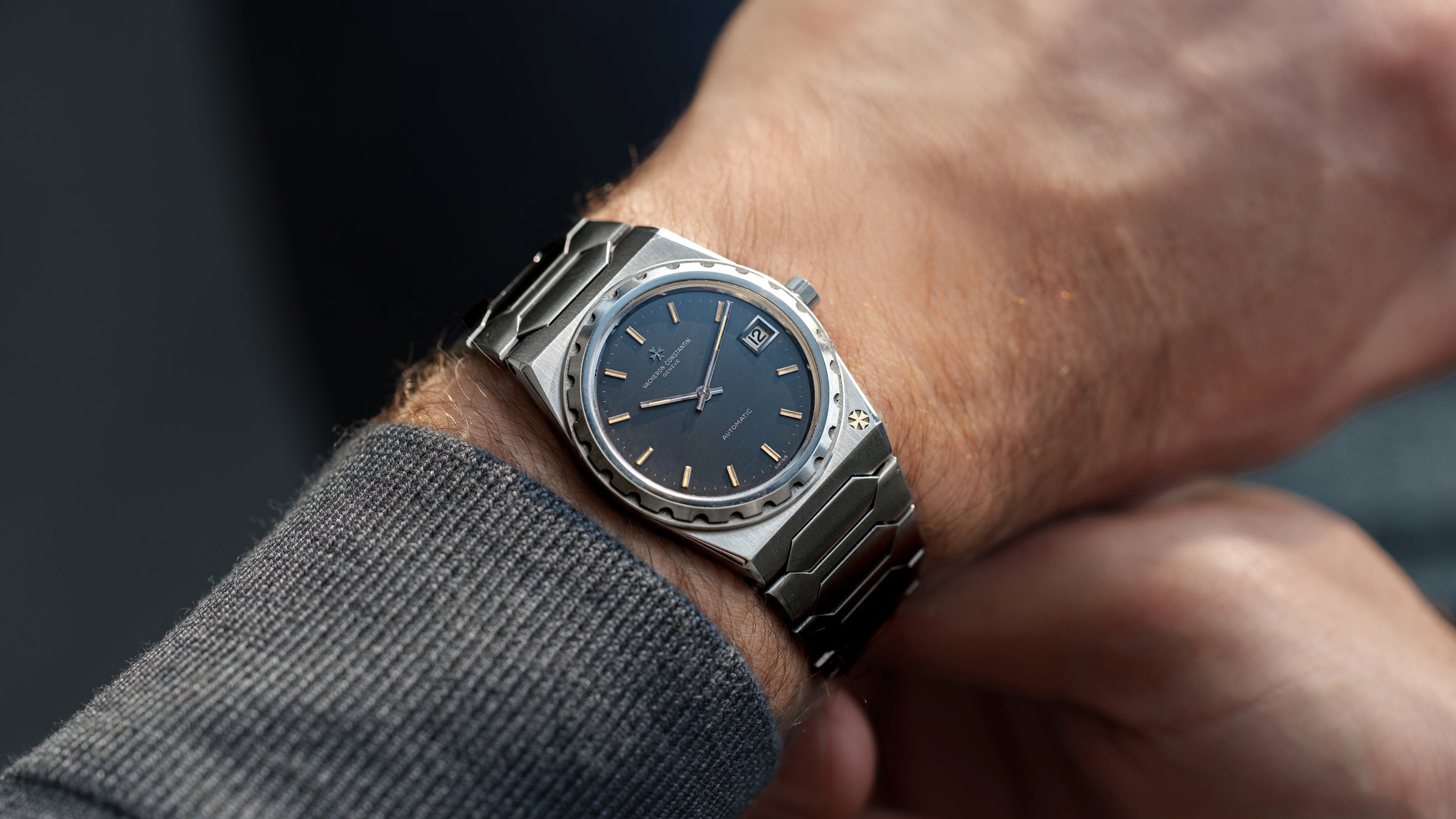
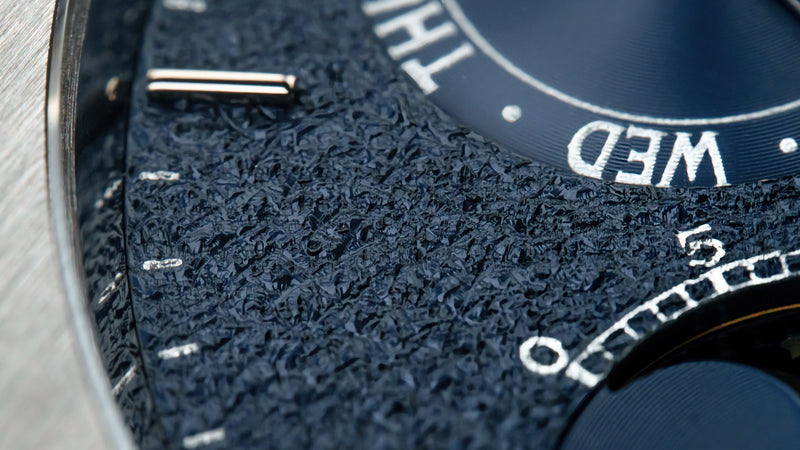

0 comments
Write a Comment